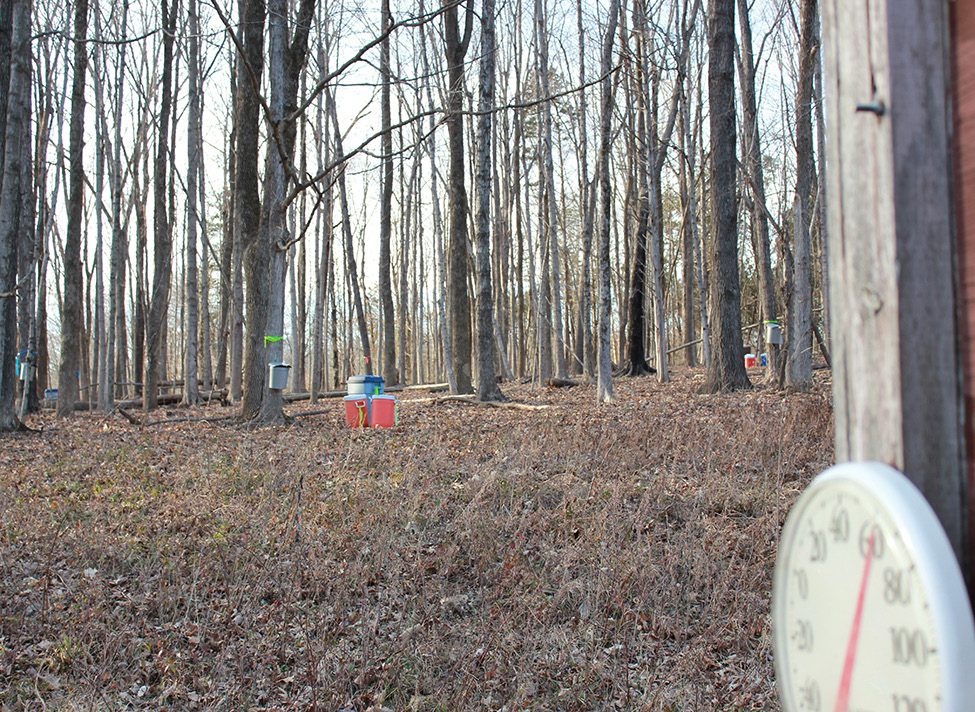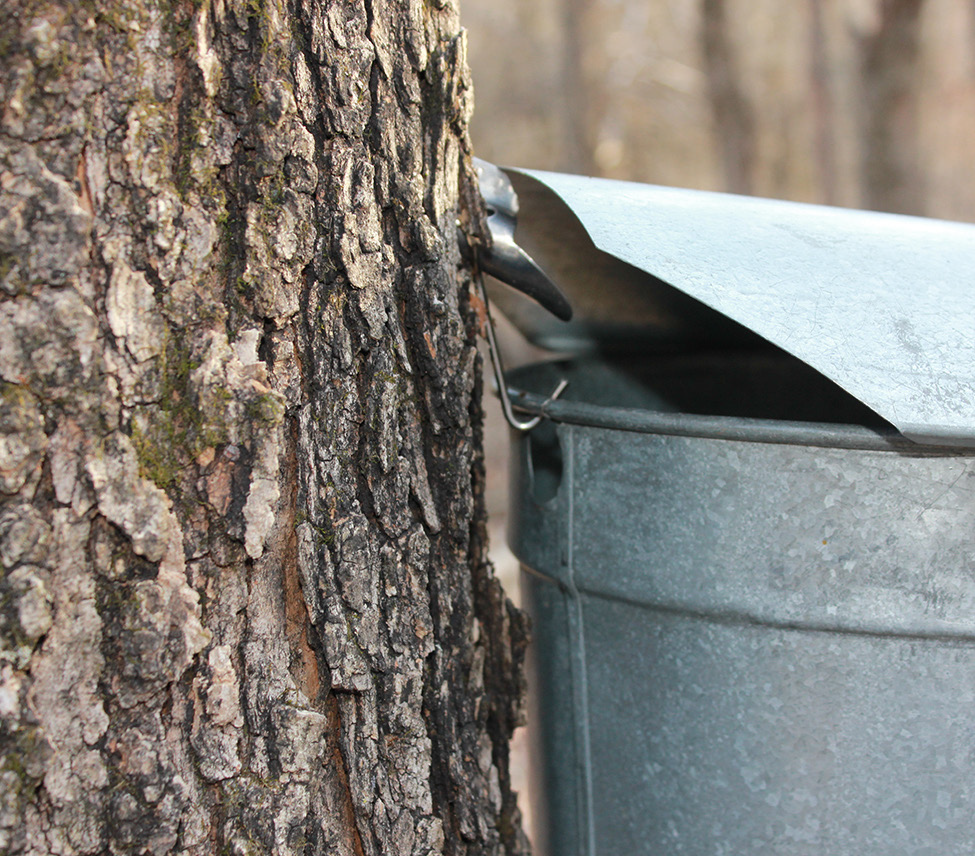Maple Syrup
Maple syrup is one of North America’s oldest value-added food products. Native Americans in the Great Lakes and St. Lawrence River regions used maple syrup and sugar for barter.1 European settlers learned from American Indians how to boil maple sap into syrup. Although U.S. maple syrup production peaked during World War I, maple syrup remains popular today as a table syrup, food ingredient and popular specialty food and gift item.
Marketing
Wholesale and retail markets for both maple sap and syrup are well established in the Northeast and upper Midwest, where U.S. maple syrup production is most common. Food safety guidelines and restrictions apply for processing maple sap into syrup, sugar, candies and other food products. House Bill 391 allows Kentucky farmers to process value-added products and sell them from Kentucky Department of Agriculture-registered farmers markets, Kentucky Farm Bureau Certified Roadside Stands, or from the processor’s farm. House Bill 391 includes two processing categories, Homebased Processor and Homebased Microprocessor. Maple syrup is among the low-risk products that homebased processors are allowed to produce and sell. Maple syrup enjoys consumer perception as a wholesome and natural sweetener. Maple syrup is unrefined and delivers more nutritional value than many other sweeteners. Pure maple syrup provides enhanced antioxidant levels compared to other foods, including apples and broccoli. In addition to its nutritional content, researchers have found that maple syrup contains numerous phenolic compounds, commonly found in agricultural products such as berries, tea, red wine and flax seed.
Production


